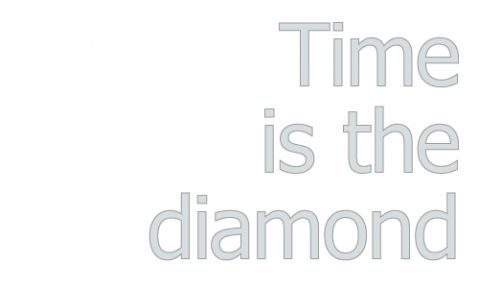Unanticipated good things
The re:view bursary has had some good aspects that I did not expect:
1) I have been thinking a lot about my own work in preparation for the re:view meetings. It goes without saying that much that my mentors say is very insightful and gets me reflecting further, but I hadn’t considered the effect of having to articulate what I do. At each meeting I probably speak about it slightly differently, or start from a slightly different point. Deciding what works to show and what questions to ask of them is useful in itself. Writing this blog (and even avoiding writing it) has also been helpful. I spend quite a lot of time thinking about posts even if I don’t end up writing some of them!
2) I have visited various exhibitions and galleries during my forays to other cities. Normally I try to go to exhibitions a lot anyway, I think it’s an important part of being an artist. But there are always pressures of money and time-planning that limit me travelling as much as I would like. As I wrote in the last post I recently visited NGCA (the first time I had been there) and trips to London included visiting The Showroom and Parasol Unit amongst others. These were places that had been on my ‘sounds interesting’ list for a while so it was good to finally get there.
3) Getting into the habit of talking to people about my work/their work has been great. I have always liked having a good-old art ‘crit’ session but don’t have the chance to do this often enough. The bursary came at a time when I was already seeking to make more discussion opportunities for myself and has certainly expanded the scope of who I have been able to talk to. It has encouraged me to speak to people not just about specific pieces of work (crit format) but also about my work and the context for it more generally. It has also helped to build my confidence at asking for feedback within my existing peer network. Now when I am making new work and feel stuck, I have been asking friends/fellow artists who I think can help me out. These are people who I have a relationship with already; I have worked with them, exhibited with them, studied with them etc. They are people whose opinions I value and with whom I would like to develop a more critical ongoing two-way relationship. I have moreover enjoyed becoming part of a regular meet up group with fellow bursary recipient Jean McEwan and blogger Louise Atkinson. This includes other artists who I did not previously know, or who I only knew a bit via social media or occasional ‘hellos’.


